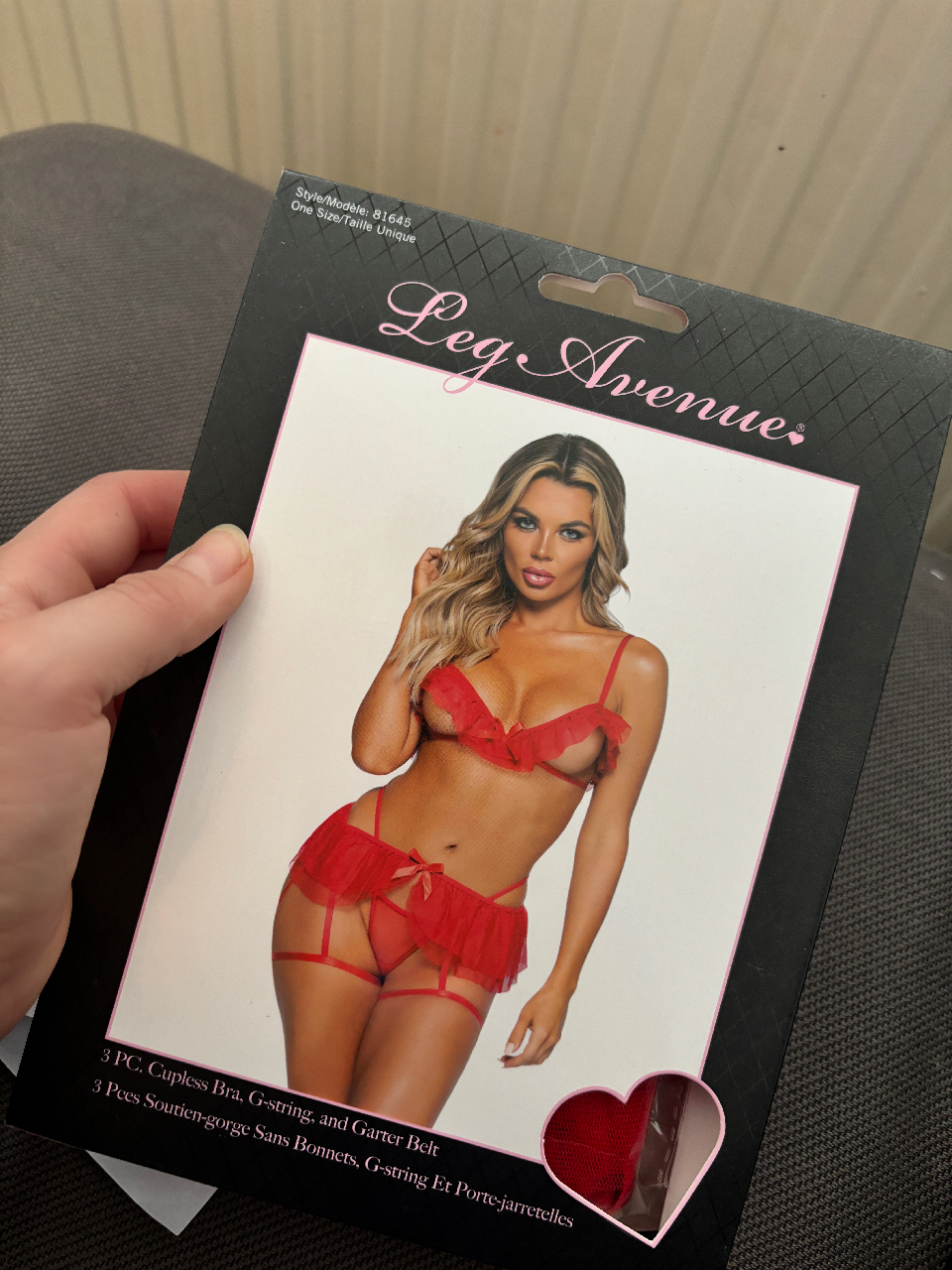The History of Uniforms as a Form of Expression
The history of uniforms as a form of expression spans centuries, weaving together threads of power, authority, and identity. From ancient civilizations to modern-day workplaces, uniforms have served not only as functional attire but also as a visual shorthand for status, affiliation, and belonging. Through their design, color, and fabric, uniforms have conveyed messages about an individual’s role within a particular social or occupational hierarchy, often blurring the lines between personal expression and institutional expectation. This intricate dance between conformity and self-presentation has been the subject of fascination for scholars, artists, and the general public alike, as evidenced by the rise of fetishized uniforms in contemporary culture.
Origins in Military and Work Environments
The history of uniforms as a form of expression dates back to ancient civilizations, where garments played a significant role in signifying status, occupation, and social hierarchy. In military and work environments, uniforms have long been used to convey power, authority, and expertise. The desire to wear uniforms that reflect one’s profession or identity is often driven by a deep-seated human need to belong to a group, to be recognized as part of an elite, or to embody a specific set of values.
Throughout history, uniforms have served various purposes beyond their functional use. In ancient Greece and Rome, for example, military uniforms were adorned with symbols and emblems that signified a soldier’s rank, allegiance, and personal honor. Similarly, in feudal Europe, knights wore distinctive armor and banners that displayed their lordly affiliations and martial prowess.
During the Industrial Revolution, uniforms became more standardized in work environments, such as factories and mines, where workers were required to wear specific attire to identify themselves and distinguish between different roles. The iconic image of a factory worker in overalls or a miner in a hard hat has become an enduring symbol of industry and labor.
In military contexts, uniforms have evolved over time to reflect changes in technology, tactics, and societal values. From the Napoleonic Wars to modern-day combat gear, military uniforms have served as a visual representation of national identity, discipline, and martial prowess.

- The 19th century saw the rise of standardized military uniforms, with the introduction of the British Army’s Redcoat and the French Army’s kepi. These iconic designs were meant to evoke feelings of power, authority, and tradition.
- In the early 20th century, military uniforms began to incorporate more modern elements, such as camouflage patterns and insignia indicating unit affiliation.
- During World War II, military uniforms played a significant role in propaganda efforts, with iconic images of soldiers in uniform appearing on posters, films, and magazine covers to promote patriotism and national unity.
Today, the desire for uniforms as a form of expression extends beyond traditional contexts. In popular culture, fashion brands often incorporate military-inspired elements into their designs, blurring the lines between functional attire and stylish statement pieces. The fetishization of uniforms has also led to the creation of bespoke uniform wearers’ communities, where enthusiasts design and create their own elaborate, specialized attire.
The Psychology of Uniforms in Intimacy
The concept of uniforms in intimate relationships has long fascinated scholars and observers alike. On the surface, uniforms appear to be a simple means of creating a shared identity or signaling roles within a partnership. However, upon closer examination, it becomes clear that uniforms can convey far more complex dynamics than initially meets the eye. This fetishization of uniforms in intimacy reveals deeper psychological mechanisms at play, including issues of power, authority, and the human desire for structure and role definition in relationships.
The Attraction to Restrictive Clothing
The allure of uniforms in intimacy is a complex phenomenon that reveals much about human psychology. On the surface, it may seem counterintuitive that individuals would be drawn to restrictive clothing as a means of experiencing intimacy, yet this fascination speaks to deeper psychological desires for control, submission, and connection. For some, the uniform serves as a symbol of authority or power, evoking feelings of reverence or admiration in their partner.
- In this context, the uniform can represent a role or position that transcends individual identity, allowing individuals to surrender to a particular persona or character. This blurring of boundaries between self and other can be a powerful catalyst for intimacy, as it allows partners to connect on a deeper level.
- Furthermore, the restrictive nature of certain uniforms can stimulate feelings of vulnerability and openness in those who wear them. This can create an environment where partners feel safe to express themselves more freely, leading to a sense of liberation and increased emotional connection.
- Additionally, the uniform fetish may be linked to a desire for ritual or ceremony, with the clothing serving as a tangible representation of a shared experience or tradition. This can foster a sense of belonging and unity among partners, as they navigate their desires together within the framework of the uniform.
The psychology behind uniforms in intimacy is multifaceted, reflecting a range of complex emotions and desires. By exploring this phenomenon, we gain insight into the ways in which clothing can be used to create powerful connections with others, transcending the realm of mere physical appearance to speak to deeper psychological needs.
The Cultural Significance of Uniforms in Fantasy
The cultural significance of uniforms in fantasy is a multifaceted phenomenon that reveals the intricate relationships between power, authority, and intimacy. In the realm of fantasy, uniforms often serve as symbols of allegiance, status, and identity, reinforcing social hierarchies and distinctions between individuals and groups. The elaborate costumes worn by characters in fantasy fiction, from medieval knights to sci-fi soldiers, not only define their roles but also embody the values and norms of the fictional world. As a result, uniforms in fantasy often become imbued with emotional, psychological, and even erotic connotations, speaking to fundamental human desires for belonging, recognition, and connection.
Fetishization of Roles and Occupations
The cultural significance of uniforms in fantasy can be seen as a reflection of our deep-seated desires to belong, to identify with a particular group or occupation, and to assume power over others. In language, uniforms often evoke a sense of authority, expertise, and reliability, which can lead to the fetishization of roles and occupations. This phenomenon is particularly pronounced in fantasy worlds, where characters may choose to don elaborate costumes to signal their allegiance, skills, or status.
- The use of uniforms in fantasy storytelling serves as a metaphor for the human desire to conform and categorize individuals.
- It also highlights the romanticization of authority figures, such as knights, wizards, and medical professionals, who are often depicted in elaborate regalia.
- Furthermore, uniforms can be seen as a symbol of social hierarchy, with different types of attire signifying different levels of prestige or power.
The allure of uniforms lies in their ability to transform individuals into vessels for specific roles and identities. This process of identification is closely tied to our deep-seated need for intimacy and connection with others. By wearing uniforms, characters can momentarily escape the ambiguity of everyday life and assume a clear, defined identity.
The fetishization of uniforms also raises questions about power dynamics and social control. Are we drawn to uniforms because they offer a sense of security and stability, or do they represent a more sinister desire for conformity?
The Intersectionality of Uniforms and Sexuality
The intersection of uniforms and sexuality reveals a complex dynamic where power dynamics, authority, and roles converge to shape our perceptions of intimacy and attraction. In various contexts, from workplace attire to BDSM practices, uniforms can become imbued with symbolic meanings that blur the lines between professional and personal boundaries. The allure of uniformed individuals can stem from the perceived confidence, control, or submission associated with specific roles or garments, leading to a fetishization of these symbols as objects of desire.
Power Dynamics and Desire
The intersection of uniforms and sexuality raises complex questions about power dynamics and desire. In the context of uniforms, there is often an inherent power imbalance between those who wear them – typically individuals with authority or status – and those who are dressed in uniform, such as students, service members, or police officers. This power dynamic can create a sense of fascination or even fetishization, where the uniform becomes a symbol of the wearer’s authority or control. However, this dynamic also raises questions about consent and agency, particularly when it comes to intimate relationships between individuals from different social backgrounds.
Furthermore, uniforms often come with a set of roles or expectations that can influence an individual’s desire and sexuality. For example, the strict dress code of a military uniform can shape a person’s attitudes towards sex and intimacy, while the formal attire of a corporate office may create a sense of professionalism and propriety. These roles can also intersect with societal norms around masculinity and femininity, further complicating the relationship between uniforms and desire.
Additionally, uniforms can serve as a tool for social control, reinforcing dominant power structures and limiting individual expression. For instance, in some cultural contexts, women are expected to wear certain types of clothing or dress in specific ways that conform to societal norms, which can be restrictive and oppressive. The intersection of these uniforms with sexuality can highlight the tension between personal desire and societal expectations.
Ultimately, the relationship between uniforms and sexuality is multifaceted and context-dependent. While uniforms can create a sense of power and authority, they can also limit individual agency and reinforce social norms around gender and intimacy. By examining this intersection, we can gain insight into the complex dynamics at play in our society, and how clothing choices reflect and shape our desires, identities, and relationships.
The Symbolism of Uniforms in Kink and BDSM

The world of kink and BDSM is often associated with elements of power exchange, control, and submission. Within this realm, uniforms have become a popular fetish, transcending their functional purpose to embody a complex tapestry of symbolism. Uniforms in kink and BDSM serve as a visual shorthand for specific roles and dynamics, allowing participants to explore and express desires for authority, obedience, and intimacy.
Role-Playing and Power Exchange
Uniforms play a significant role in Kink and BDSM communities, serving as a means to explore power dynamics, authority, and the allure of roles in intimacy. This fetishistic aspect of uniforms taps into a deep-seated human desire to submit, obey, or assert dominance, which can lead to a heightened sense of arousal and pleasure.
The use of uniforms in Kink and BDSM can be seen as a way to create clear boundaries and roles within a relationship, allowing individuals to engage in role-playing and power exchange with ease. For instance, a dominant may don a military-style uniform, symbolizing authority and control, while a submissive may wear a nurse’s uniform, representing a desire for care and submission.
- One possible interpretation of this fetish is the human fascination with uniforms as a representation of societal norms and expectations. By embracing and role-playing these norms, individuals can explore and subvert traditional power structures in a safe and consensual environment.
- The uniform also serves as a tool for communication and negotiation within the relationship. By donning specific attire, individuals can signal their intentions and boundaries, creating a sense of understanding and trust among partners.
Furthermore, uniforms can evoke a sense of nostalgia or historical significance, drawing parallels with past eras of military service, industrial labor, or other social institutions. This historical context can add an air of authenticity to the role-playing experience, making it more engaging and immersive for participants.

The use of uniforms in Kink and BDSM also raises questions about consent, boundaries, and emotional labor. As individuals take on specific roles, they must navigate complex emotional dynamics, prioritizing communication and mutual respect above all else. This requires a deep understanding of each other’s desires, needs, and limitations, making the experience even more intimate and fulfilling.
The Artistic Depiction of Uniforms in Media
The depiction of uniforms in media has long been a staple of storytelling, serving as more than just a functional aspect of characters’ lives. From the military regalia of historical dramas to the elaborate costumes of fantasy franchises, uniforms often embody the very essence of power, authority, and conformity. On screen, these rigid attire serve as visual shorthand for the strict hierarchies and codes of conduct that underpin the worlds in which they exist, inviting audiences to explore the complex interplay between individuals within their respective roles.
Sexualization of Uniformed Characters
The depiction of uniforms in media often serves as a means to explore themes of power, authority, and intimacy. Uniforms can evoke a sense of professionalism, discipline, and loyalty, which can be used to convey a character’s role or status within a particular group or institution.
In many cases, the focus on uniforms can lead to the sexualization of characters who wear them. This phenomenon is often perpetuated through the objectification of the uniform itself, reducing it to a mere prop for revealing clothing or provocative poses. The fetishization of uniforms can also extend to the characters who wear them, with their roles and identities becoming conflated with their attire.
However, the depiction of uniforms in media is not without its nuances. In some instances, uniforms are used as a means to subvert traditional power dynamics, allowing for a more fluid and ambiguous representation of identity and intimacy. For example, in films like “La Vie en Rose” or “The Hunger Games,” characters who wear uniforms are often depicted as complex, multidimensional individuals with their own motivations and desires.
The representation of uniforms in media is also influenced by cultural and societal attitudes towards authority, professionalism, and intimacy. In some contexts, uniforms can be seen as a symbol of oppression or conformity, while in others they may represent a sense of community or shared purpose. By examining the depiction of uniforms in media, we can gain insight into the complex power dynamics at play in our own society.
Buy LGBTQ+ Toys for inclusive and exciting pleasure at Peaches and Screams Explore sexy cop outfits for a bold, confident look at Peaches and Screams Buy gay sex toys for exciting pleasure at Peaches and Screams Buy peekaboo bras and open-cup bras for a sexy, revealing look at Peaches and Screams Discover male vibrators for intense pleasure at Peaches and Screams
Kurious Kittens Electric Youth Magazine Critic Forever W1 Wellness The Lady London
- Thc Beverages In Indiana IN - November 15, 2025
- Who Should Not Get Dermal Fillers? - October 31, 2025
- What Is Relational Trauma And How Does It Affect Future Relationships? - October 30, 2025
